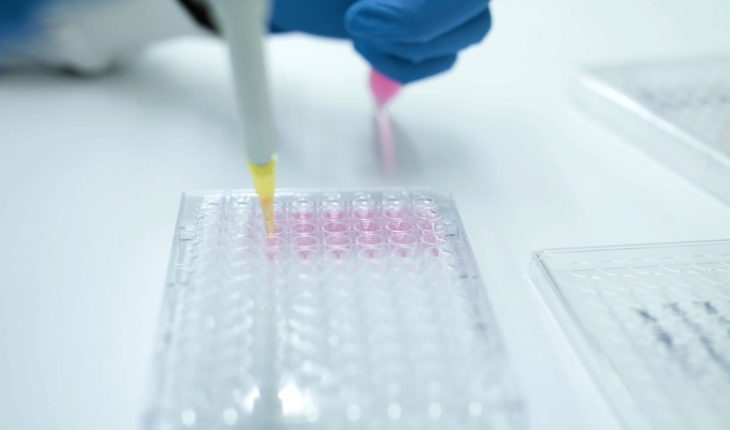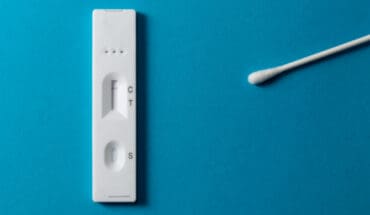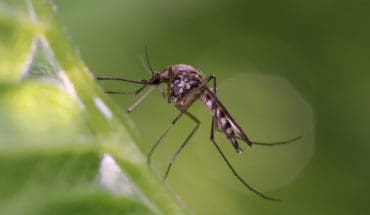Novel fluorescence imaging assay gives new insight to develop biomimetic nanoparticles for targeted cancer therapy.
Cell membrane coated biomimetic nanoparticles (NPs) have been widely studied in nanomedicine because of their unique properties such as immune escaping, long blood circulation, specific molecular recognition and efficient cancer targeting, indicating a great potential in targeted cancer therapy. However, the integrity of the cell membrane coating on NPs, a key metrics related to the quality of these biomimetic-systems and to the resulting biomedical function, has remained largely unexplored. In the present study, the researchers developed a fluorescence quenching assay to probe the integrity of the cell membrane coating.
The study published in Nature Communications shows that the great majority of the cell membrane coated NPs were only partially coated when the traditional coating techniques were applied. The information is essential as the coating degree impacts the biological fate of NPs. The research was carried out at the University of Eastern Finland, Department of Applied Physics, in Professor Vesa-Pekka Lehto’s research group.
“The present methods for characterizing the cell membrane coating are only qualitative and fail to statistically evaluate the degree and variability of the coating,” says Lizhi Liu, the first author of the publication. “When we applied the developed quantification method to evaluate the success of the commonly used protocols to produce fully coated NPs, we found that the fraction never exceeded 20%.”
“Our discovery is a big surprise to whole scientific community in nanomedicine because it has been generally accepted that the cell membrane coating is perfect. Despite of the partial coating, biomimetic NPs could still be internalized by the target cells via different pathways,” says Dr Wujun Xu, one of the corresponding authors of the paper. To explain this, the authors proposed a new endocytic entry mechanism for these partially coated NPs by computational simulations. Specifically, the NPs with a high coating degree (≥ 50%) entered the cells individually, whereas the NPs with a low coating degree (< 50%) needed to aggregate together before internalization.
“The present study highlights some of the limitations of the current cell membrane coating protocols and motivates the efforts to improve the protocols. The developed quantification method is a practical tool to assess the success of these efforts and establish a standard for comparing the different coating designs,” summarises Professor Vesa-Pekka Lehto.
L. Liu, X. Bai, M. Martikainen, A. Kårlund, M. Roponen, W. Xu*, G. Hu, E. Tasciotti and V.-P. Lehto*. Cell membrane coating integrity affects the internalization mechanism of biomimetic nanoparticles. Nat. Commun. https://www.nature.com/articles/s41467-021-26052-x
DOI: 10.1038/s41467-021-26052-x
- Combination of drugs could prevent thousands of heart attacks - 21st April 2025
- UQ Study Links Poor Teen Diets to Heavy Social Media Use - 21st April 2025
- Gut microbiome could delay onset of type 1 diabetes - 3rd April 2025






